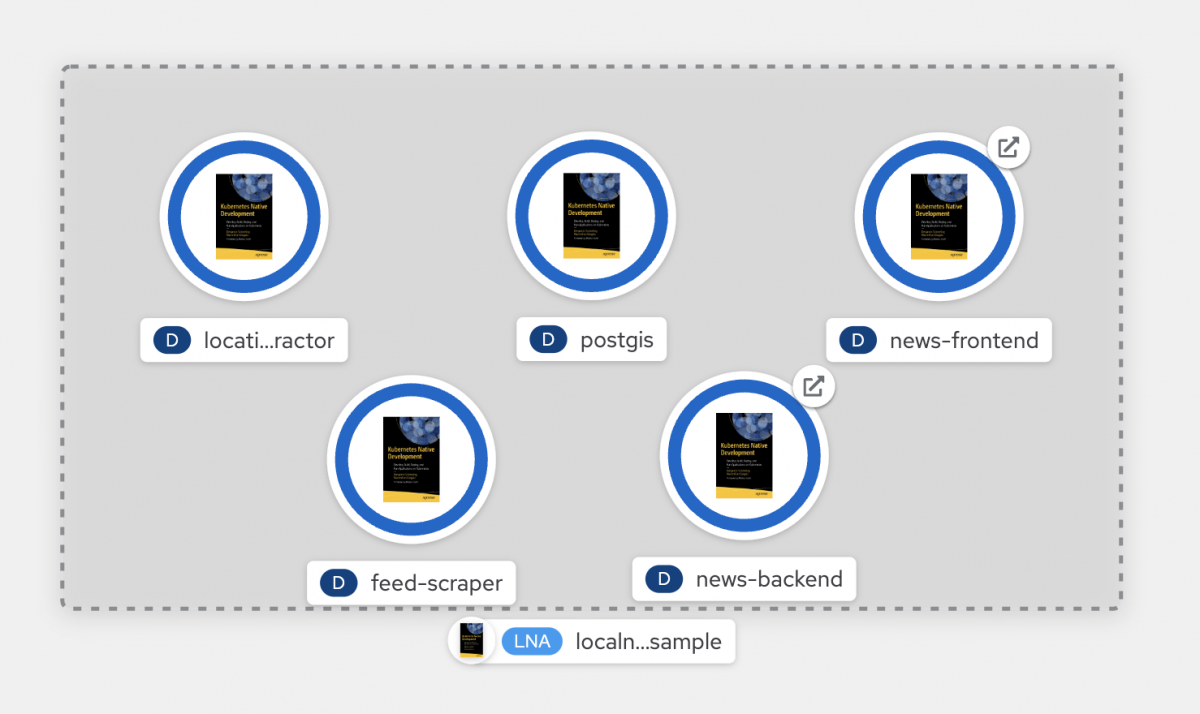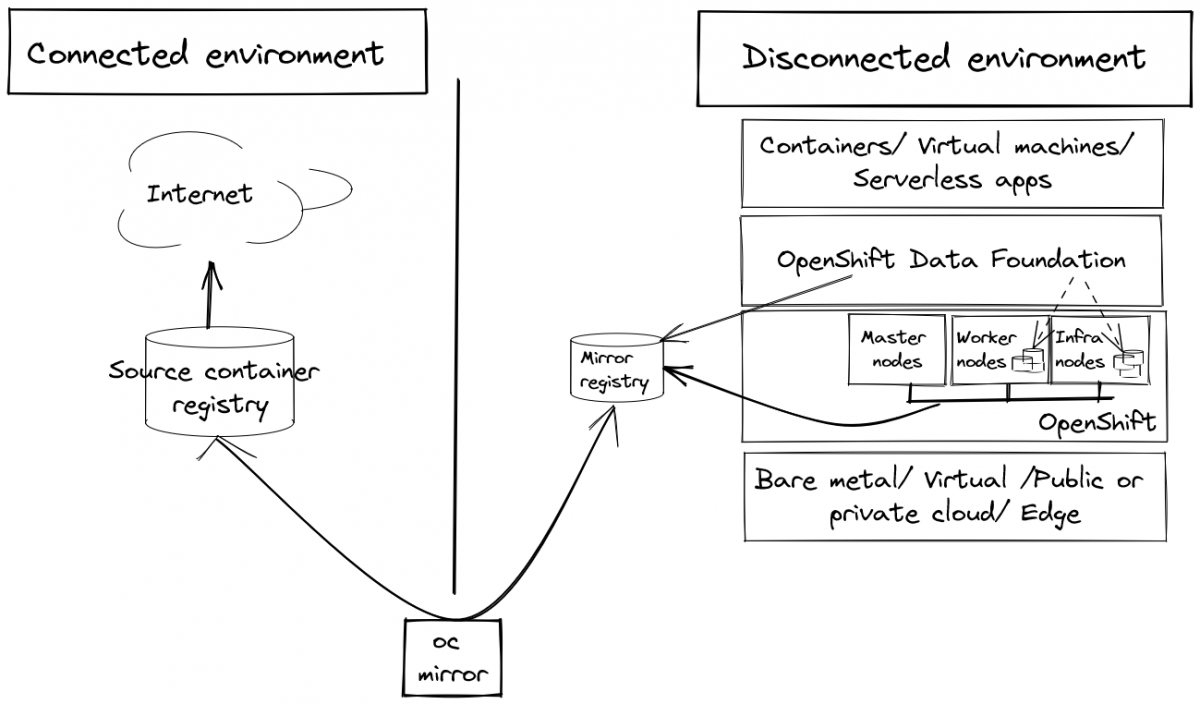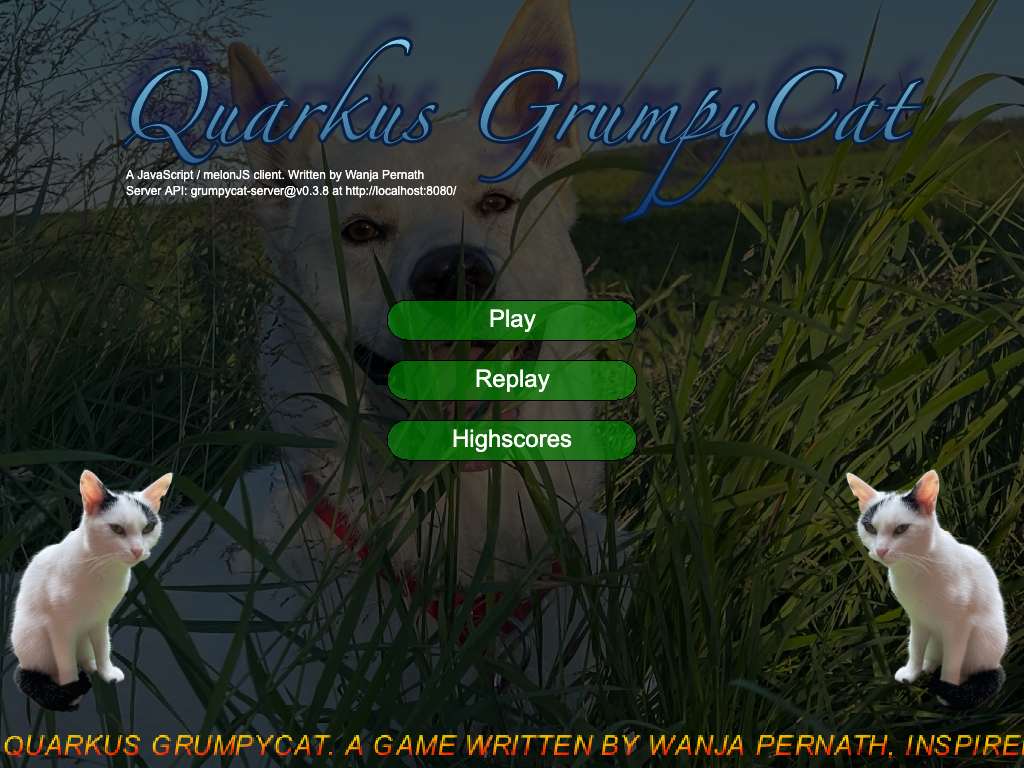Historically, there have been two schools of thought about patching: Patch as soon as a patch is available to eliminate security risks versus testing the patch extensively before it is applied to production systems ( aka “Never change a running system” ). One of the main reasons why you might feel the need to patch […]










